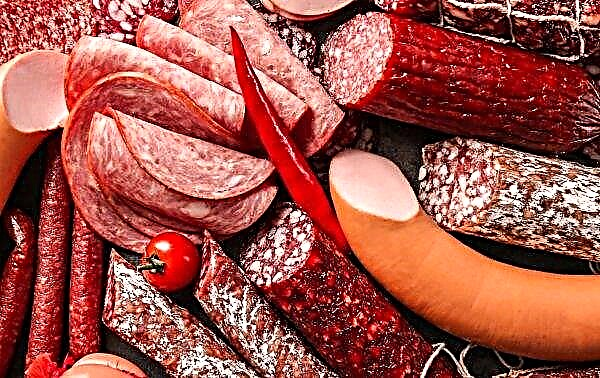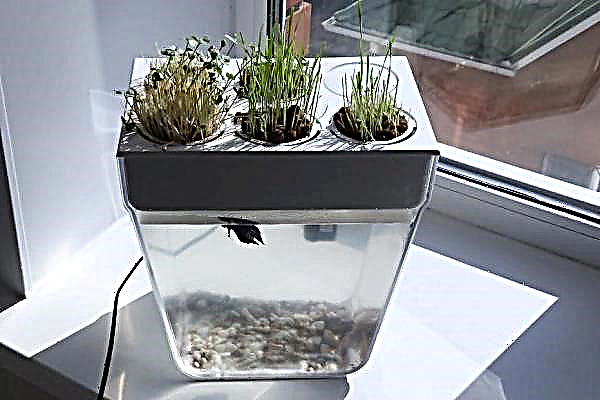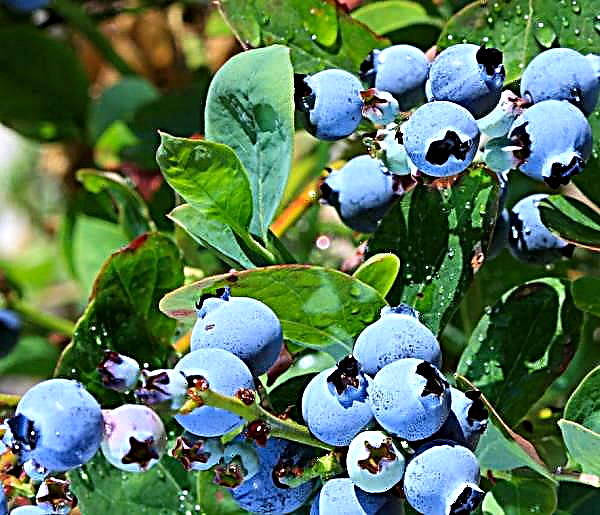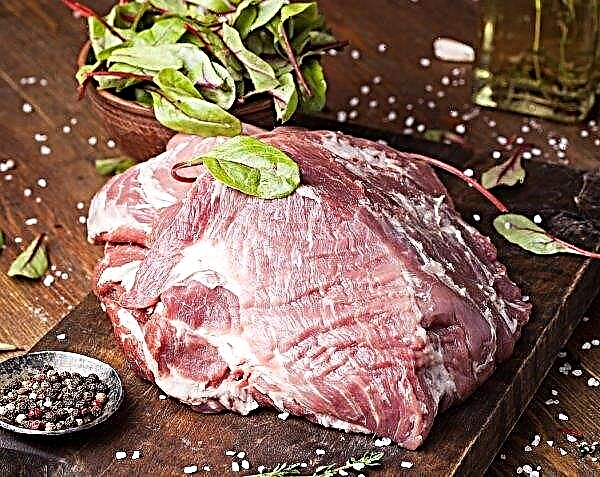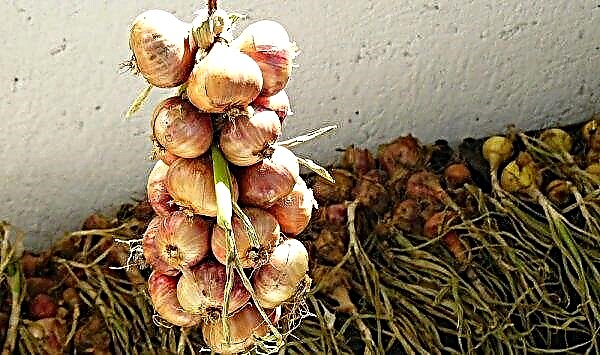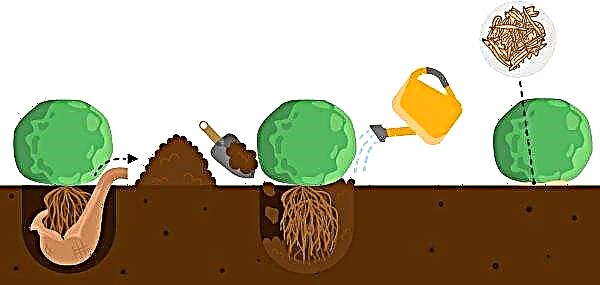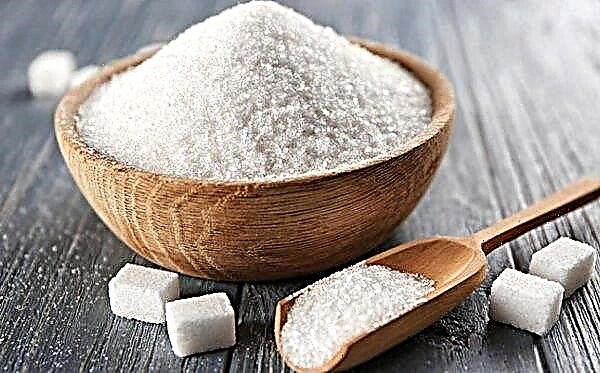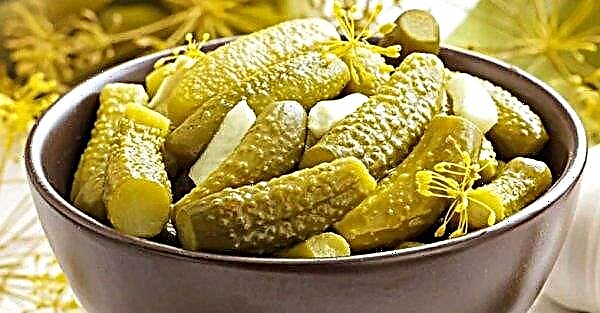Despite the fact that everyone considers winter to be a holiday season for gardeners, the owners of household plots have something to do, even now - in December and January. What - we suggest you find out in our material!
Experienced gardeners prefer to sow in the beginning and middle of winter those ornamental plants that are classified as slow-growing. We are talking about those plants in which between sowing and the beginning of flowering takes at least 130 (or even 300) days. So get acquainted with the proposed options, sow them until February and already at the beginning of summer you can admire the blooming luxurious flower beds.
Begonia
To sow begonia, use a container filled with a mix of peat, sand and leafy soil (the proportion in this case is 1: 1: 2).
 Begonia seedlings will appear a week after sowing.
Begonia seedlings will appear a week after sowing.
Experienced growers know that begonia seeds are very small. So you need to sow them superficially. In this case, the substrate should be sufficiently moist.
After sowing, we cover the container with glass (you can use a transparent film) and leave it in a room whose air temperature does not exceed 22 degrees above zero Celsius.
Monitor the condition of the soil. If it dries, spray it from the spray gun. It is also important to follow when sowing so that the seeds do not go deep into the ground.
In a week, begonia seedlings will rise. Gradually, you will need to remove the glass or film. Immediately this is done for half an hour and every day the time of "freedom" increases. This is done so that begonia comfortably gets used to the fresh air.
Eustoma
This plant, which is also known as lysanthus (or the Irish rose), begins to bloom about 5 months after the first seedlings appeared after sowing. So do the sowing no later than January.
 Eustoma is also called lysanthus or Irish rose.
Eustoma is also called lysanthus or Irish rose.
Spread the lysanthus seeds on moist soil. Made from peat, perlite and sand. Slightly press the seeds into the substrate and put on a container with future seedlings a transparent plastic bag.
For two months, a container with eustoma seedlings should be kept in the room. Where a bright light is constantly on, and the air temperature does not fall below 20 degrees above zero and does not rise above 25.
Keep in mind that eustoma develops slowly. Once a week and a half, remove the bag from the container and ventilate the seedlings. And do not forget to moisten the soil from the sprayer if the soil begins to dry out.
Lavender
Lavender seeds are bought in the fall or even in December and stratified.
 Lavender seeds are bought in the fall or even in December and stratified.
Lavender seeds are bought in the fall or even in December and stratified.
At the end of January, humus, clean river sand and garden soil are mixed (proportion: 2: 1: 3), the substrate is laid in the container, after pouring the drainage. Next, the earth is shed with a manganese solution, after which the sowing of seeds begins. This is done superficially, after which the grains are sprinkled with a thin-thin layer of sand (thickness - no more than 3 mm). Finely disperse the moistened soil with warm water and cover it with glass or polyethylene.
For two months, containers with lavender are in the refrigerator (temperature - from 1 to 5 degrees above zero Celsius). After stratification, the container is sent to the windowsill with good lighting and with an air temperature of at least 15 degrees (and no higher than 22). Periodically seedlings are opened, aired and moistened.
Gelenium
If you sow helenium on seedlings in January, then it will bloom in your flower beds at the end of summer.
 Keep Gelenium seedlings under a film or glass at room temperature.
Keep Gelenium seedlings under a film or glass at room temperature.
When choosing a substrate for seedlings, turn your attention to any fertile mixture - in this regard, gelenium is unpretentious.
Keep seedlings under a film or glass at room temperature.
Strengthened seedlings (about 3 weeks or a month after the appearance of the first seedlings) dive into separate containers and grow at a temperature of at least 15 degrees above zero.
You can plant seedlings in the ground at the end of spring.
Primrose
If you sow primrose not at the beginning of spring, but in January, then already in early summer it will bloom.
 Fresh primrose seeds that do not require stratification, first of all need to be sprouted in a wet towel.
Fresh primrose seeds that do not require stratification, first of all need to be sprouted in a wet towel.
Fresh primrose seeds that do not require stratification, first of all need to be sprouted in a wet towel, and then sown in a mix of peat, sand, humus. The soil must first be watered with boiling water. After that, the seeds are slightly sprinkled with earth.
You can also use snow during sowing by spreading it on the surface of the soil and sprinkling seeds on it. The light should be slightly sealed. When it melts, the seeds go into the soil.
The container with primrose seeds should stand in a room with an air temperature not lower than 16 degrees and not higher than 20. The seedlings can be expected on day 16-17.

